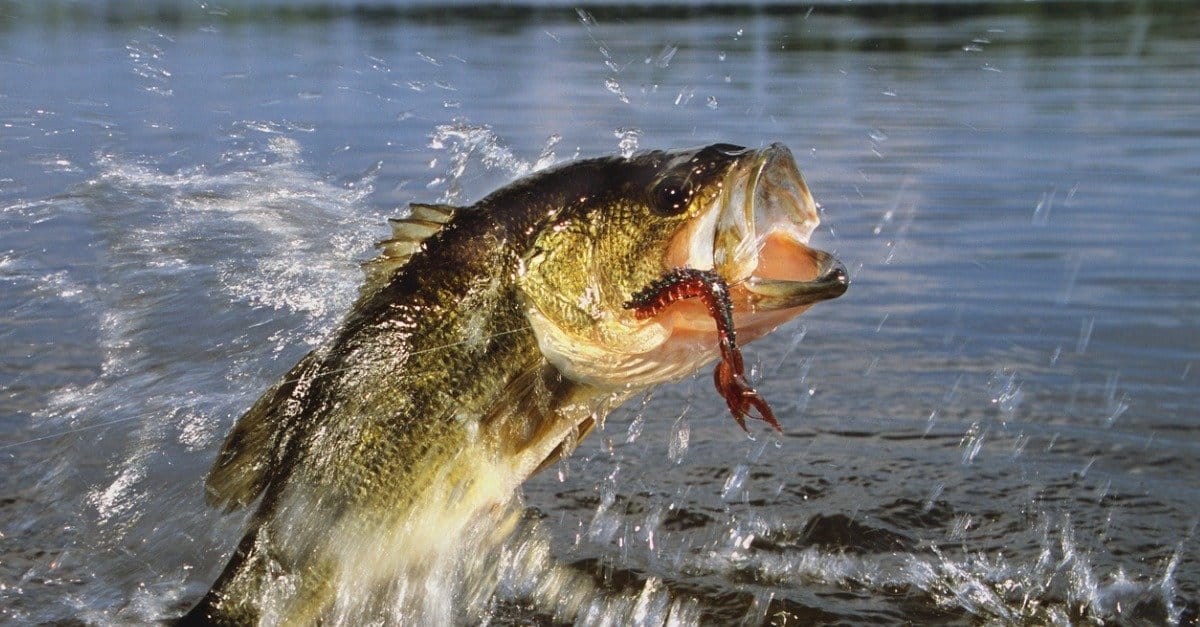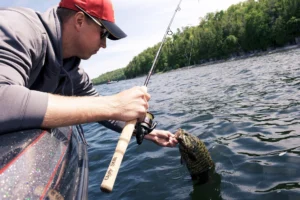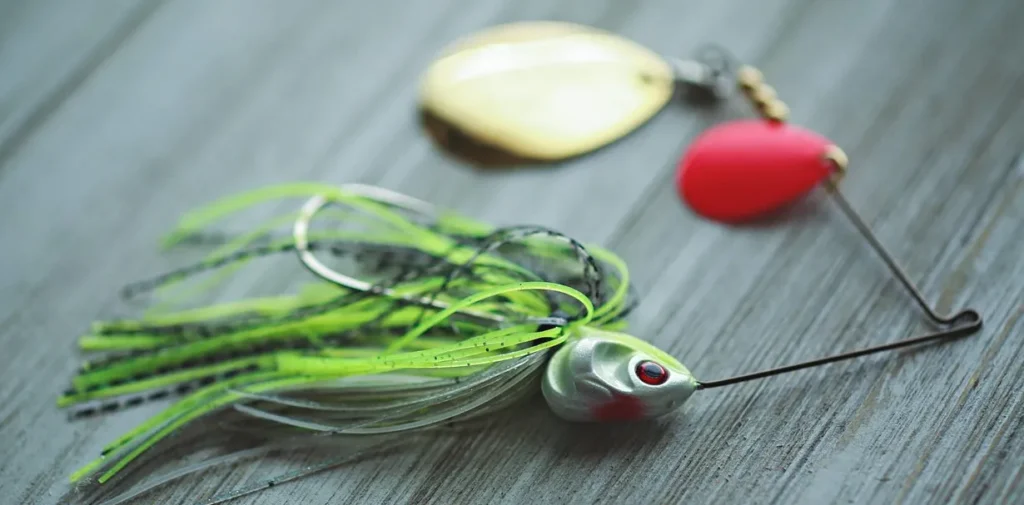When it comes to freshwater bass fishing, one of the longest-standing debates among anglers revolves around a simple but crucial question: Do soft plastics outperform hard baits? While both lure types have their strengths and situational advantages, understanding when and why each shines can make a huge difference in your success on the water.
The Case for Soft Plastics
Soft plastics are a staple in every serious bass angler’s tackle box—and for good reason. Their lifelike movement, versatility, and affordability make them ideal for a range of conditions. Whether you’re flipping a creature bait into heavy cover, dragging a worm across the bottom, or drop-shotting a finesse bait in deep water, soft plastics offer an unmatched level of realism and subtlety.
Advantages of Soft Plastics:
- Natural presentation: The soft texture and flexible movement mimic real prey like worms, crawfish, and baitfish.
- Versatility: They can be rigged in countless ways—Texas, Carolina, wacky, Ned, drop shot, and more.
- Cost-effective: Generally cheaper than hard baits and often come in bulk.
- Silent approach: In pressured waters, the quieter nature of soft plastics can entice bites when bass are skittish.
The Case for Hard Baits
Hard baits—crankbaits, jerkbaits, topwaters, and spinnerbaits—bring a different set of tools to the table. These lures excel when covering water quickly or when bass are actively feeding. With built-in action and often equipped with rattles or flash, they can trigger reaction strikes that soft plastics might not.
Advantages of Hard Baits:
- Efficient coverage: Great for locating fish quickly, especially in large bodies of water.
- Reaction strikes: Sudden movement and sound can provoke aggressive bass.
- Built-in action: Minimal angler input required to get effective motion.
- Durability: More resistant to wear and tear from repeated use or fish strikes.
When Soft Plastics Outperform
Soft plastics tend to outperform hard baits in certain conditions:
- Heavily pressured waters: Finesse rigs and slower presentations are less intrusive.
- Cold fronts or post-frontal conditions: Bass become lethargic and prefer a slower, more subtle presentation.
- Dense cover: Weedless rigging makes it easier to target fish in heavy vegetation or structure.
When Hard Baits Have the Edge
Hard baits come out ahead in these scenarios:
- Search mode: Covering large areas to locate active fish.
- Reaction bite windows: Windy days, overcast skies, or pre-storm conditions often trigger aggressive behavior.
- Specific seasonal patterns: Spring and fall often favor fast-moving lures due to baitfish activity.
The Verdict?
There’s no definitive winner—because success depends on the conditions, your fishing style, and the behavior of the bass. That said, soft plastics offer unmatched finesse and realism, making them the go-to in pressured or challenging conditions. Hard baits, on the other hand, excel in covering water and provoking reaction strikes from aggressive fish.
In truth, the most successful bass anglers don’t choose between soft plastics and hard baits—they master both and know when to switch based on the conditions. By understanding the strengths of each, you’ll make smarter decisions and land more bass.








